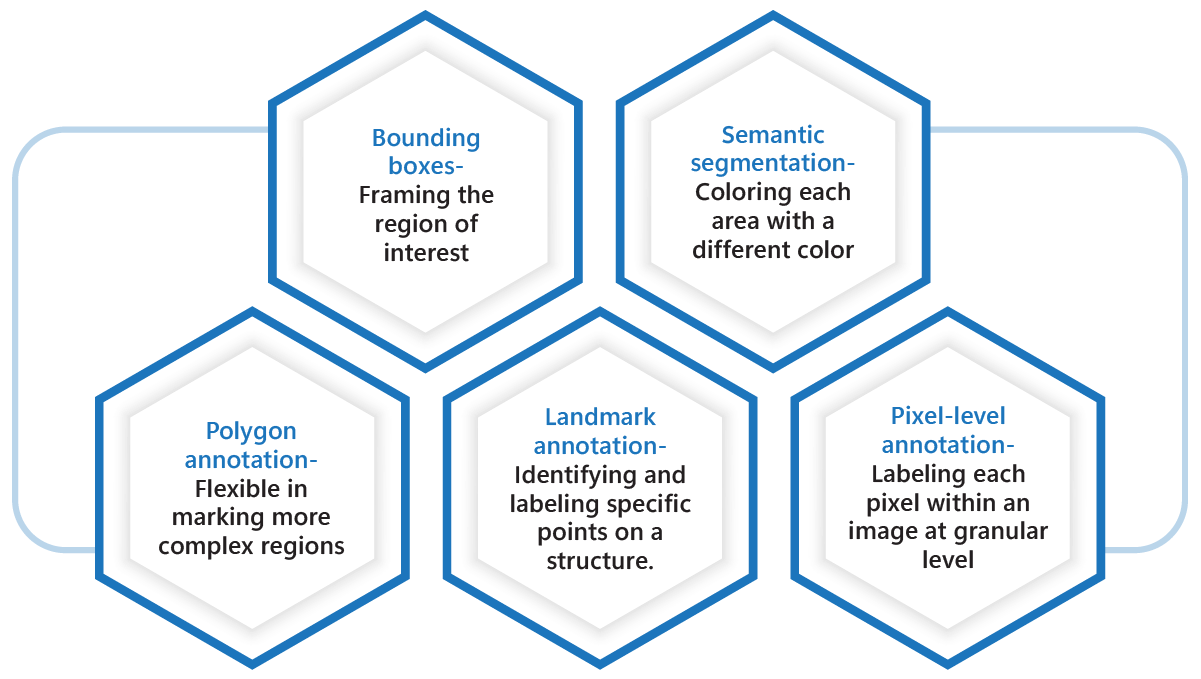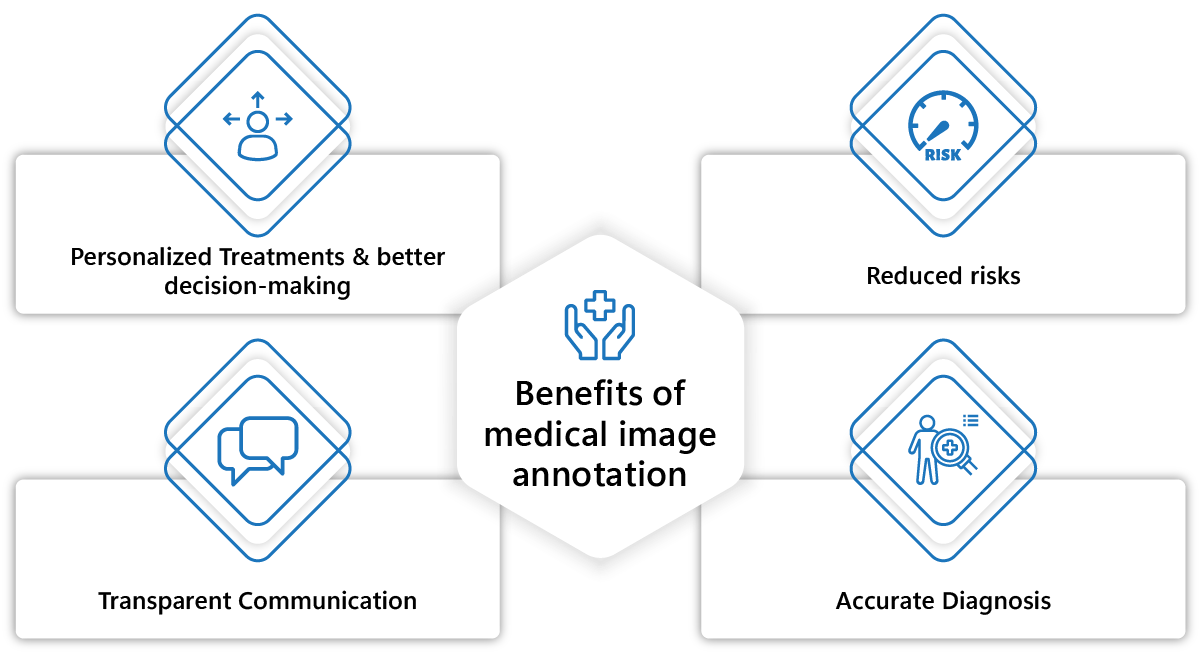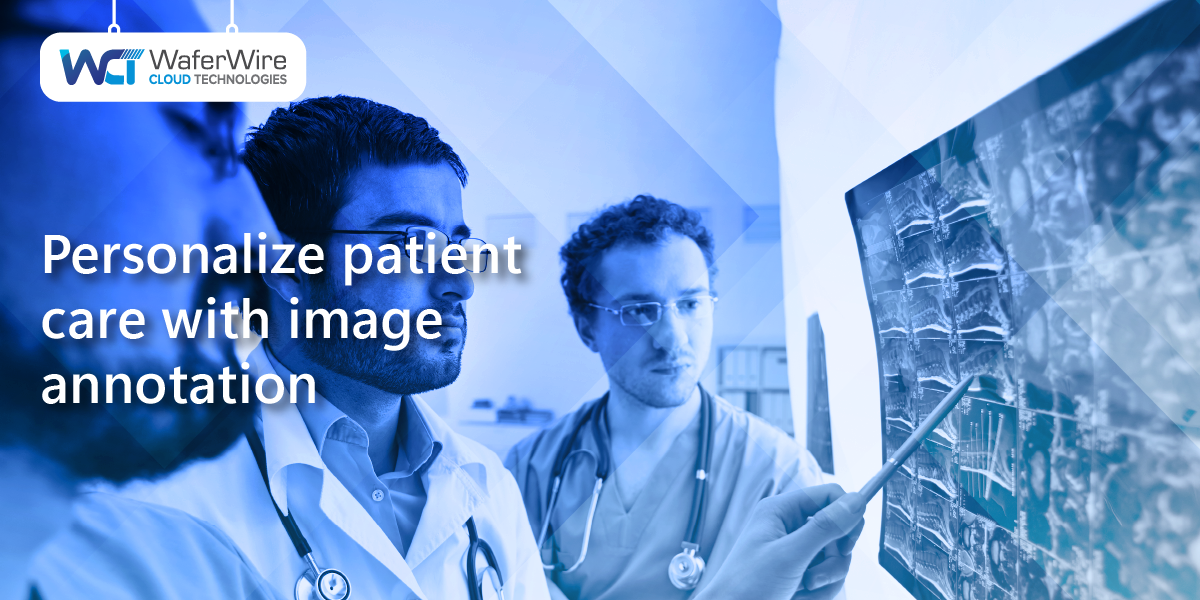Your hospital observes unique patients every day. Each patient has a diverse medical history. And every patient responds to your treatment differently. Not just this, they have various behavioral responses, as well. Then how do you expect that the same treatment method would suffice these individual needs? On the contrary, your patients would choose your competitors if your care quality falls below the mark.
Although the healthcare sector is moving towards personalization, the shift is slower than in other industries. Some key players who quickly jumped onto the personalization bandwagon reported a 10% increase in customer experiences. Also, the administrative costs dropped by 7-12%.
These numbers testify that it’s time to change your one-size-fits-all approach to gain better results.
Personalized health care is about offering tailored services to every patient walking into your hospital. It may be a senior citizen looking for reminders about critical tests or a busy working mother looking for flu shots inquiry for her family.
Earlier, it was a hard nut to crack to get all the critical patient information about their preferences and needs. However, thanks to cloud and data analytics, organizations today can do a lot out of it. They can capture, analyze, and process the data to extract meaningful information. These technological disruptions help organizations like yours craft tailored solutions for every unique patient.
One of the methods is medical image annotation.
Technically, image annotation helps to add information to visual data. Medical images like X-rays, CT scans, and MRIs require information for healthcare providers to understand patient conditions. These bits of information help them to craft treatment plans accordingly. One example can be a radiology image, where the annotation can be a tumor or affected organ.
So, how to implement these annotations in medical images may be the next question popping up in your mind. However, before going through the implementation process, we will quickly check creating these annotations. Also, you may visit our blog, ‘The power of accurate annotations in marketing.’

Fig: Different types of annotation for medical images.
- One way is to frame the areas of interest in the image. This method is called bounding boxes.
- Another way is to identify irregular patterns in the image and outline it with a more flexible shape, known as polygon annotation.
- In semantic segmentation, annotations are coloring different parts of the image, like painting by numbers.
- Unlike semantic segmentation, pixel-level annotation zooms in every image pixel and colors it to offer precision.
- Lastly, if you know how to connect the dots, landmark annotation connects specific dots on structures in the medical image.

Fig: Medical Image Annotation Implementation Process
- First up, collect raw medical images relevant to specific conditions.
- Next, have clear, specific guidelines for the annotators to follow. This process is crucial to get consistent, accurate annotations and results.
- Later, medical experts review the collected images and label each critical feature within every image. Then comes the complexity of labeling.
- To address this, implement any one of the annotation techniques explained above. You may employ one or two or a combination depending on the image and the feature you want to label. Add contextual information for in-depth information regarding the annotated data for better clarity for healthcare professionals.
- Now, your medical image is annotated and is ready to compile into a labeled data set. This labeled data set is a prime resource to feed AI and ML models. To give you a fair understanding, the labeled data set includes original medical images with their annotations and descriptions.
- Lastly, feed this labeled data set to the ML model and train it to understand the patterns, anomalies, and features. This process will help to identify new, unlabeled images.
So, you have the key to accurate diagnosis and informed decision-making. Apart from this, image annotation brings in benefits like:
- Armed with insights, healthcare professionals can craft personalized treatment plans for every patient.
- Improve treatment and reduce risks and adverse effects.
- Transparent communication between medical teams and patients, reducing misinterpretations.

Fig: Benefits of medical image annotation
Concisely, medical image annotation is the secret ingredient for your personalization efforts in patient care. It paves the way to accurate diagnosis, tailored treatment plans, and transparency, leading to optimal medical care. Nevertheless, image annotation implementation isn’t everyone’s cup of tea. After all, it can break or make your organization of repute! So, partner with an AI-enablement company for your endeavors. Although the baton is in your hands, you may check our capabilities to improve patient outcomes with AI.
Top FAQs on medical image annotation
- What is medical image annotation?
- Why is medical image annotation crucial?
- How are medical images annotated?
- Collect raw images
- Identify and label critical features within the images
- Use annotation techniques to label
- Finally, compile the images and feed the labeled data set to the AI and ML models to train them accordingly.
- What is the value proposition of medical image annotation?
- In-depth insights
- Accurate diagnosis
- Reduced risks
- Personalization
- Transparent communication
- What is the role of AI in medical image annotation?
- Automates the annotation process
- Trains AI and ML models to learn from the labeled data sets to improve future annotations and decision-making.
